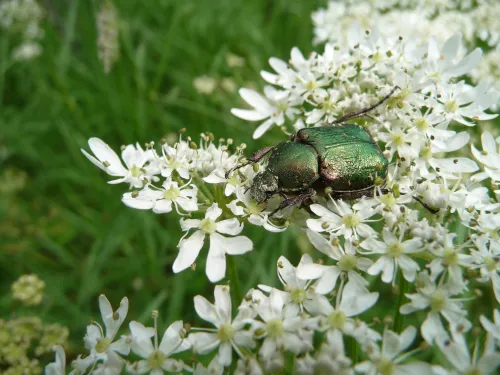
Noble chafer
The Noble chafer is a rare and beautiful metallic-green beetle that can be found in traditional orchards. It is on the wing over summer, feeding on umbellifers. The larvae live in the decaying wood of old trees.
Want to learn more about wildlife near you? You're in the right place, search below and discover the nature you can help protect in Kent.

The Noble chafer is a rare and beautiful metallic-green beetle that can be found in traditional orchards. It is on the wing over summer, feeding on umbellifers. The larvae live in the decaying wood of old trees.
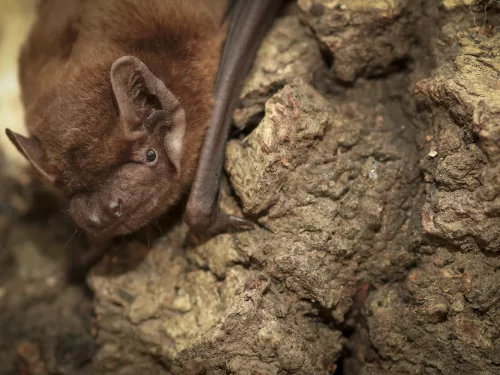
Our largest bat, the noctule roosts in trees and can be seen flying over the canopy in search of insect-prey, such as cockchafers. Like other bats, it hibernates over winter.
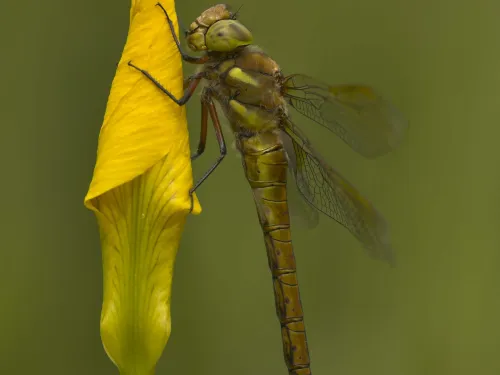
The rare Norfolk hawker is a pale brown dragonfly, with a distinctive yellow triangle on its body. It is only found in unpolluted fens, marshes and ditches of the Broads National Park in Norfolk and Suffolk.
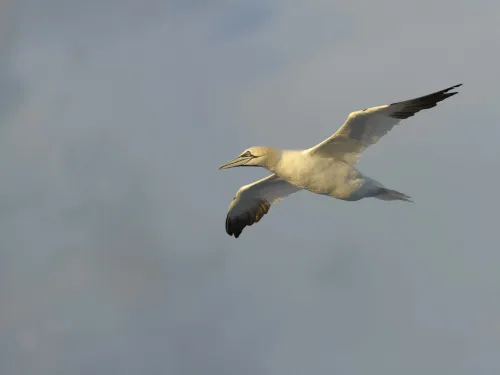
Famed for its super-fast fishing dives into the sea, the northern gannet (or gannet) is a distinctive white bird with a yellow head and black wingtips. It nests in large, noisy, smelly colonies on cliffs around our coasts.
The Norway spruce was introduced into the UK from Scandinavia in the 16th century. It is familiar to us all as the 'original' Christmas tree and displays hanging, reddish-brown, oblong cones.
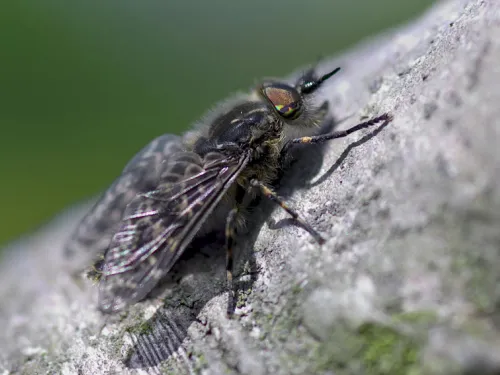
The Notch-horned cleg-fly isa horse fly dark grey in colour, with grey-brown mottled wings and intricately striped, iridescent eyes. There are 30 species of horse-fly in the UK; this is one of the most frequently encountered species and also one of the smaller ones. Some of us have felt the painful bite of the Notch-horned cleg-fly (a 'horse-fly') while out walking in grasslands or woods, although it prefers to feed on the blood of cows and horses.

The nursehound is a nocturnal predator, hunting smaller fish close to the seafloor.
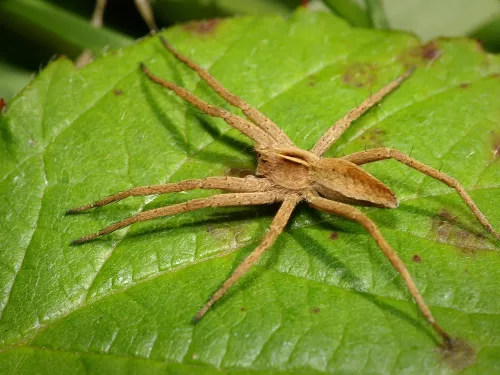
A common spider of heathland and grassland, the Nursery web spider has brown and black stripes running the length of its body. It is an active hunter, only using its silk to create a protective tent for its young.
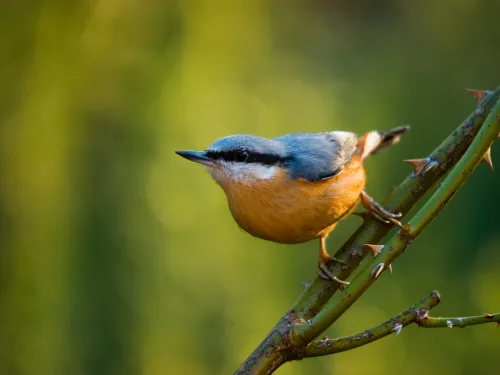
The nuthatch is a tit-sized, grey and rust-coloured bird that can be easily spotted climbing headfirst down tree trunks in woodlands and parks.
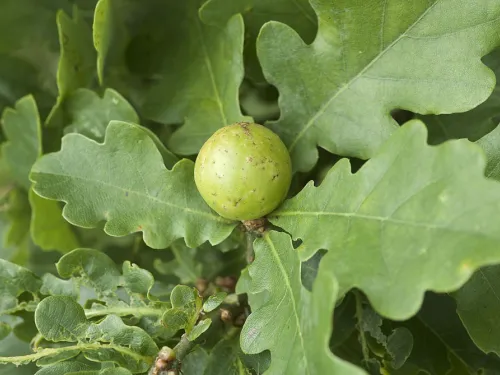
Living up to its name, the oak apple gall wasp produces growths, or 'galls', on oak twigs that look like little apples. Inside the gall, the larvae of the wasp feed on the host tissues, but cause little damage.

The Oak bush-cricket is arboreal and can be found in mature trees in woods, hedges, parks and gardens in summer. Males don't have a 'song' as such, but drum on leaves with their hind legs to attract females.

These moths can be seen flying on sunny days, but you're more likely to spot the fuzzy caterpillars crawling over paths.